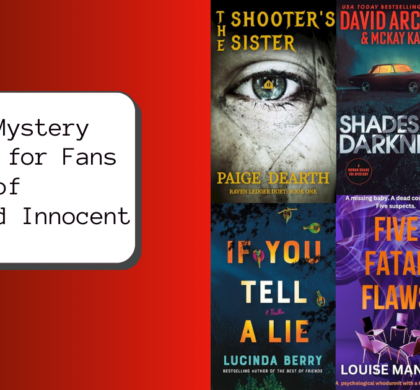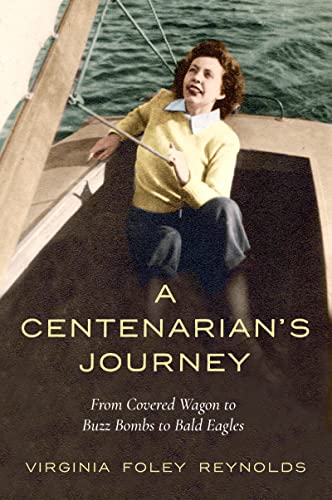Behind the Scenes: A Centenarian’s Journey: From Covered Wagon to Buzz Bombs to Bald Eagles
30 Jun 2023
Behind the Scenes: A Centenarian’s Journey: From Covered Wagon to Buzz Bombs to Bald Eagles?
Virginia Foley Reynolds, my mother, used to say her life was divided into four parts: the early years at her home in Minneapolis, the World War II period when she was a Red Cross volunteer in England, the decades she and husband Jack spent raising their five children, and the Golden Years, after we all left. Luckily for us, she filled several notebooks with observations and memories and sketches that recount so delightfully all of these periods except the years she spent raising us. My siblings and I can only imagine that we tired her out so badly while we were young that she had no energy to write during that time. However, the stories from the other periods in turn entertain, instruct, warn, amuse, and advise, but they always remind us of the wise and courageous people who came before. Virginia lived between the years of 1918 until her death in 2020, and that time in American history encompassed the very final westward-bound covered wagon, the discovery of penicillin, the buzz bombs of World War II, and so much more.
The very first complete memory I have takes place in a small kitchen in Grand Rapids, Michigan, somewhere around 1952, well after World War II ended. My mother is making dinner, and I sit on a stool hearing, for the very first time, the stories that appear in my mother’s book. Her adventures enthrall me, make me laugh, and sometimes terrify me enough to send shivers of fear down my three-year-old spine as I worry about bombs falling from the sky and perhaps landing on my parents (there were a few things I didn’t quite understand yet). Even now, all these many decades later, the same stories still move and affect me deeply. To me, that’s the sign of a great story–one that you can read or hear over and over and still feel surprise or amazement even when you know how it ended. Those afternoons in our kitchen taught me that my mother was, first and foremost, a story teller, an accomplished weaver of words.
Editors like to look for themes in a memoir, something readers can take away and keep forever. I see in these works a pattern of quiet courage simmering just under the surface. She writes of a relative who bid goodbye to her family and left them forever so they wouldn’t contract typhoid. She tells of an English priest and his parishioners during the war who all refused to run from church even as Nazi bombs fell. She considered herself wimpy, but night after night during the war she went to bed afraid–and yet, she never once asked for a safe transfer home. These stories are not about famous people (although three or four are mentioned). These are stories about average people living their lives and trying so hard to overcome their terror and be brave.
Virginia Foley Reynolds wrote the way she spoke. You might never have met the people in her book, but you know them all. Her writings illustrate the good she saw in everyone, and they very much reflect her times.
Virginia Foley Reynolds is the author of the new book A Centenarian’s Journey: From Covered Wagon to Buzz Bombs to Bald Eagles
Sign up for our email and we’ll send you the best new books in your favorite genres weekly.
Related
grant
Recommended Posts

New Mystery Novels for Fans of Presumed Innocent
26 Jul 2024 - Books to Read if You Like..., eBook, Mystery, News, Thriller

New Romance Novels to Steal Your Heart
26 Jul 2024 - Books to Read if You Like..., eBook, News, Romance

